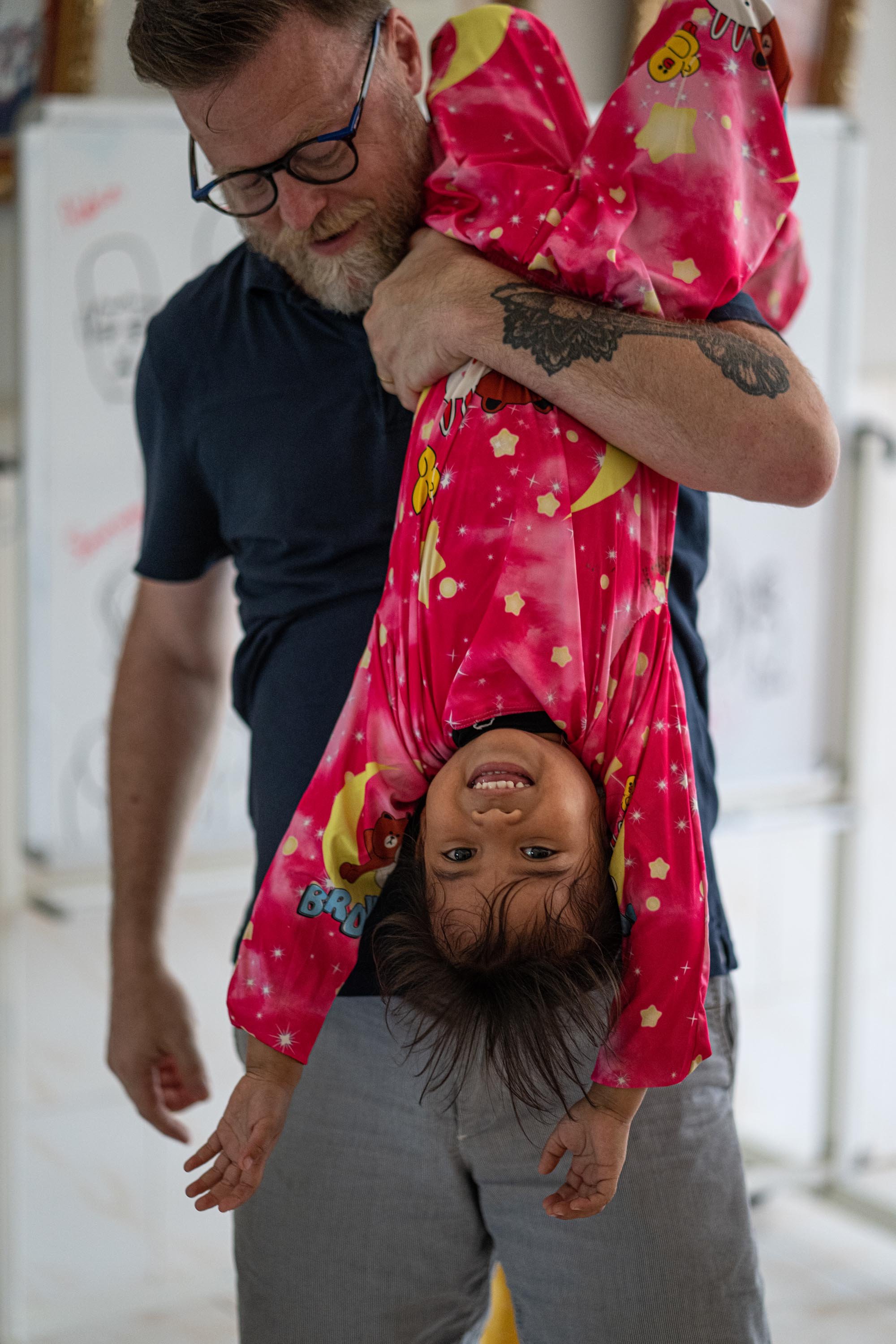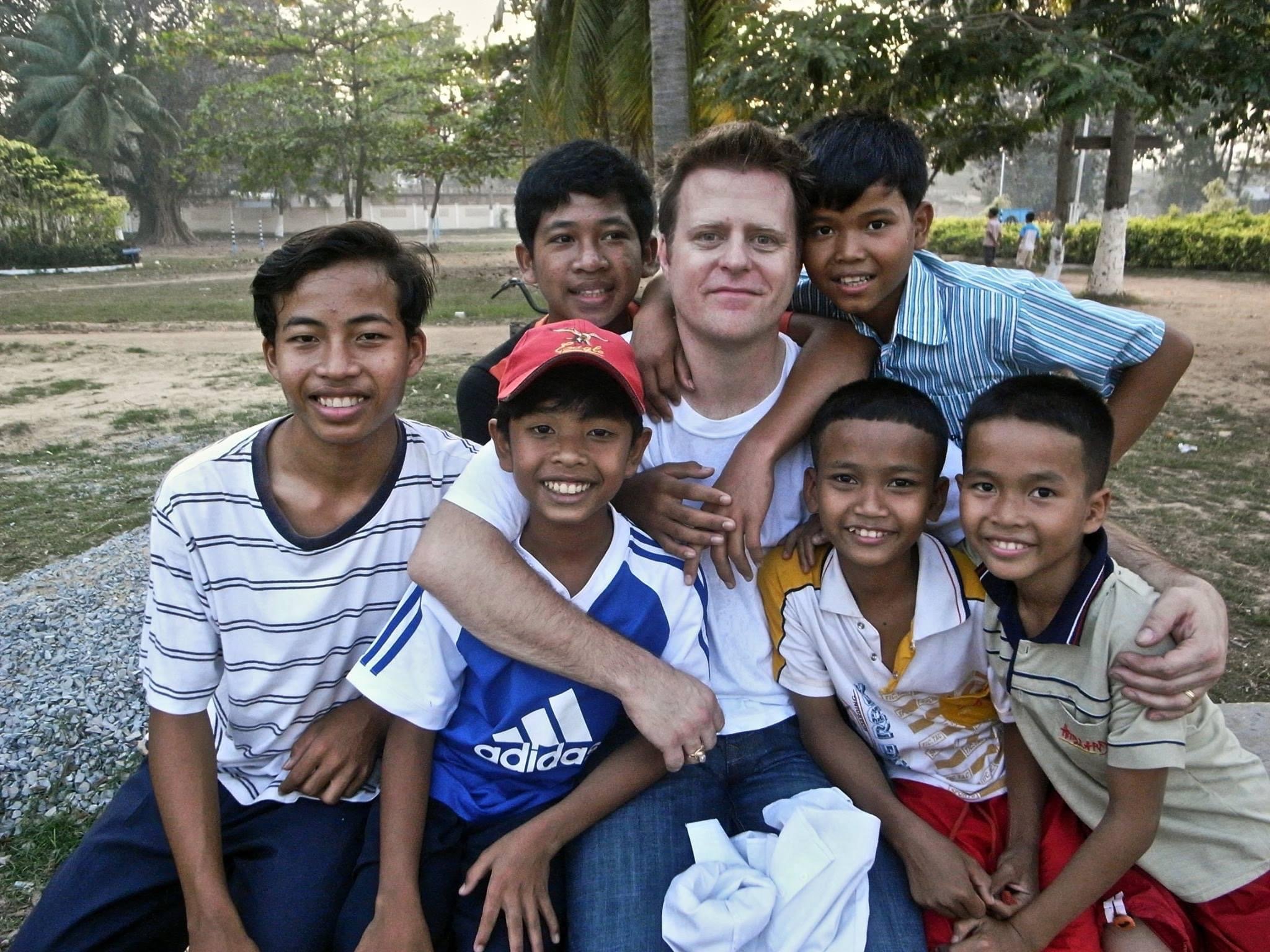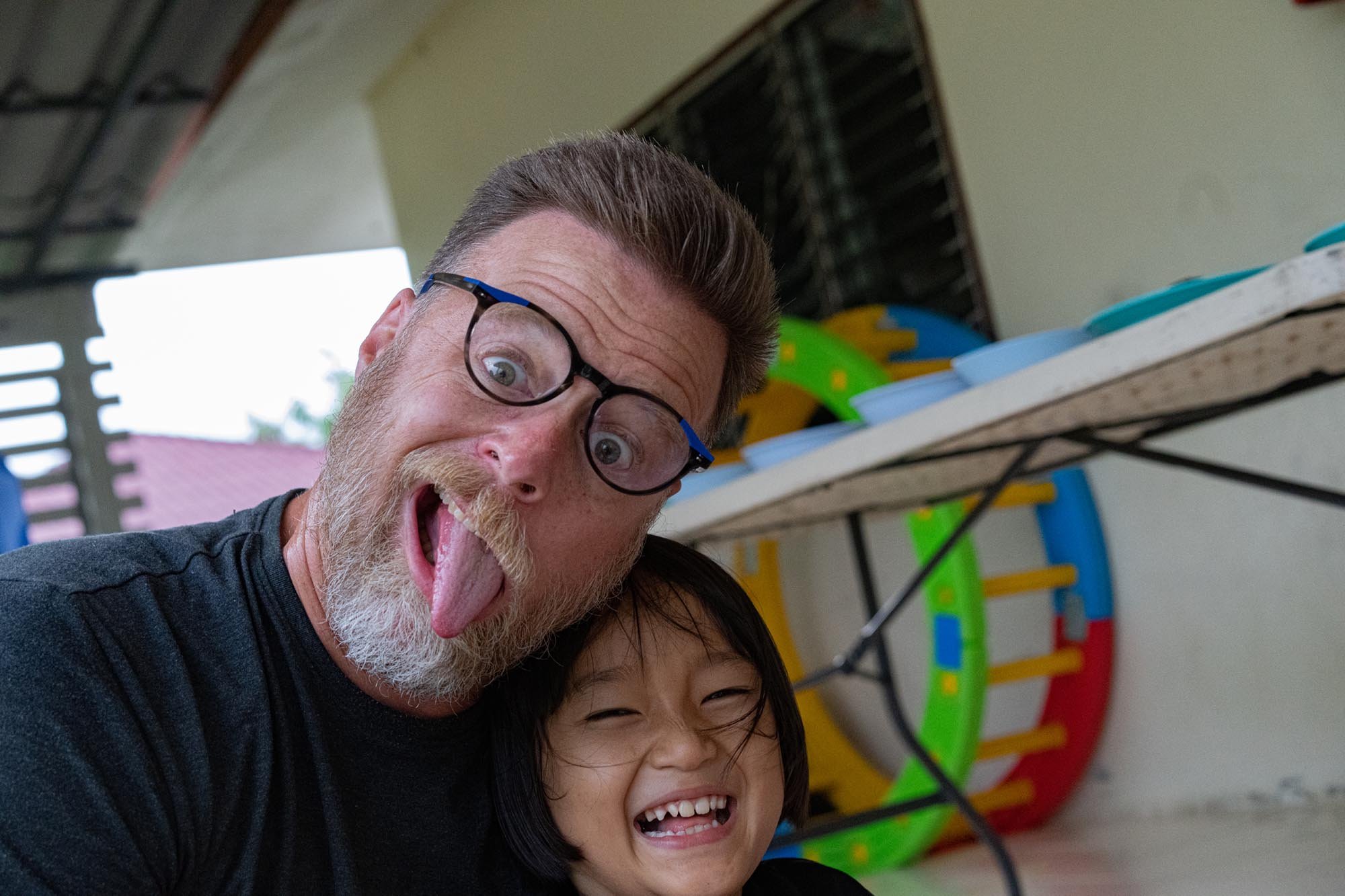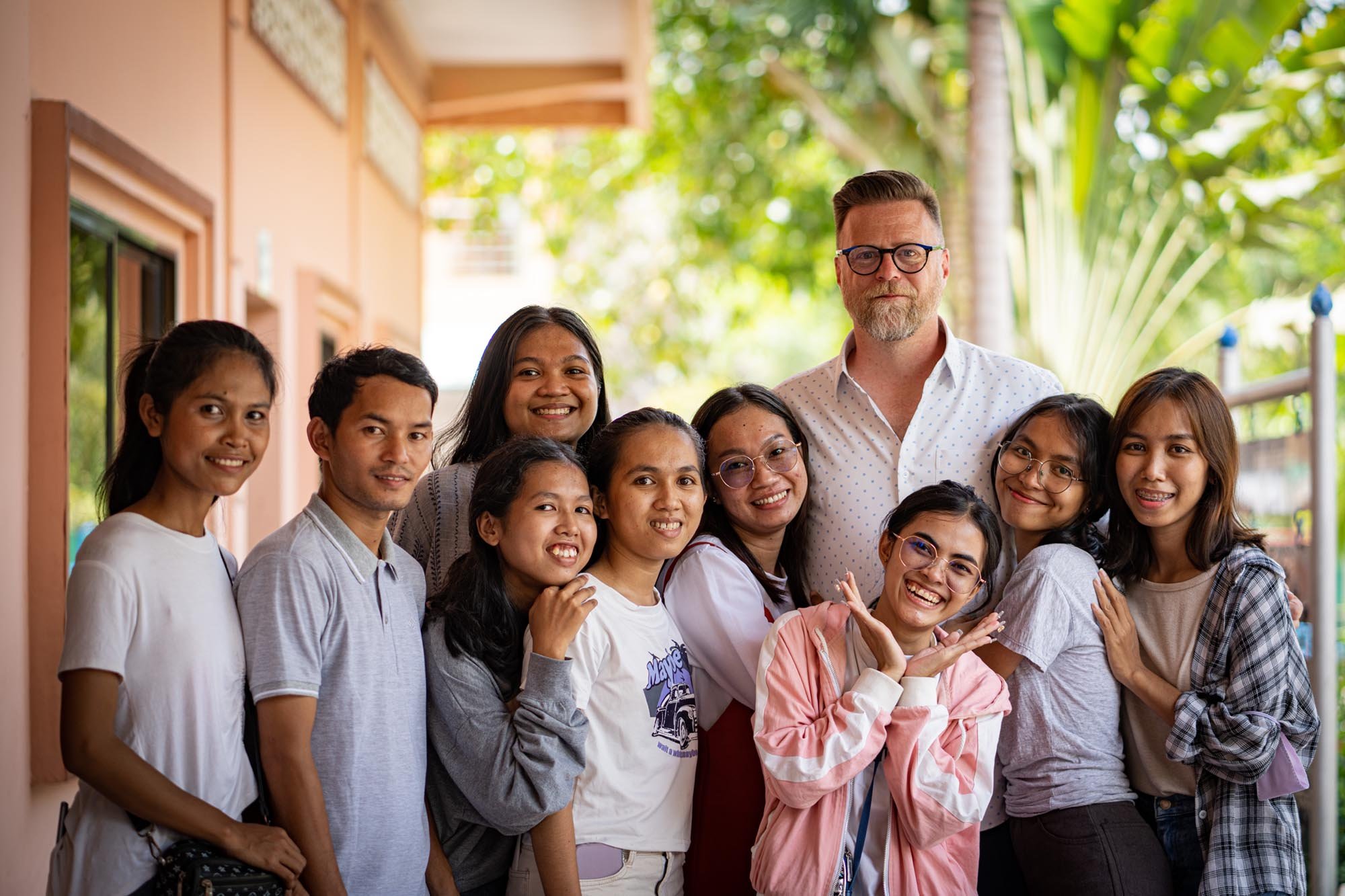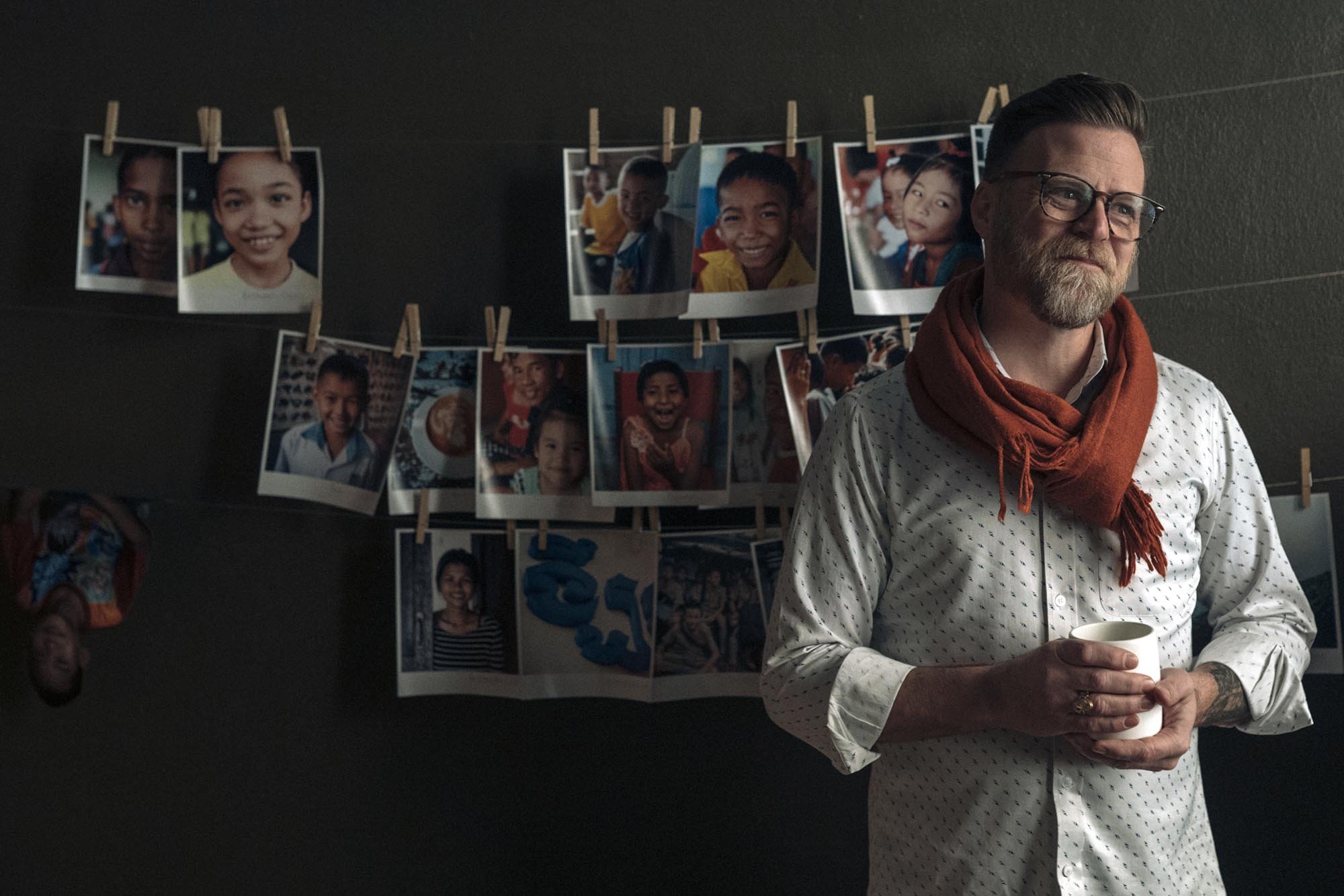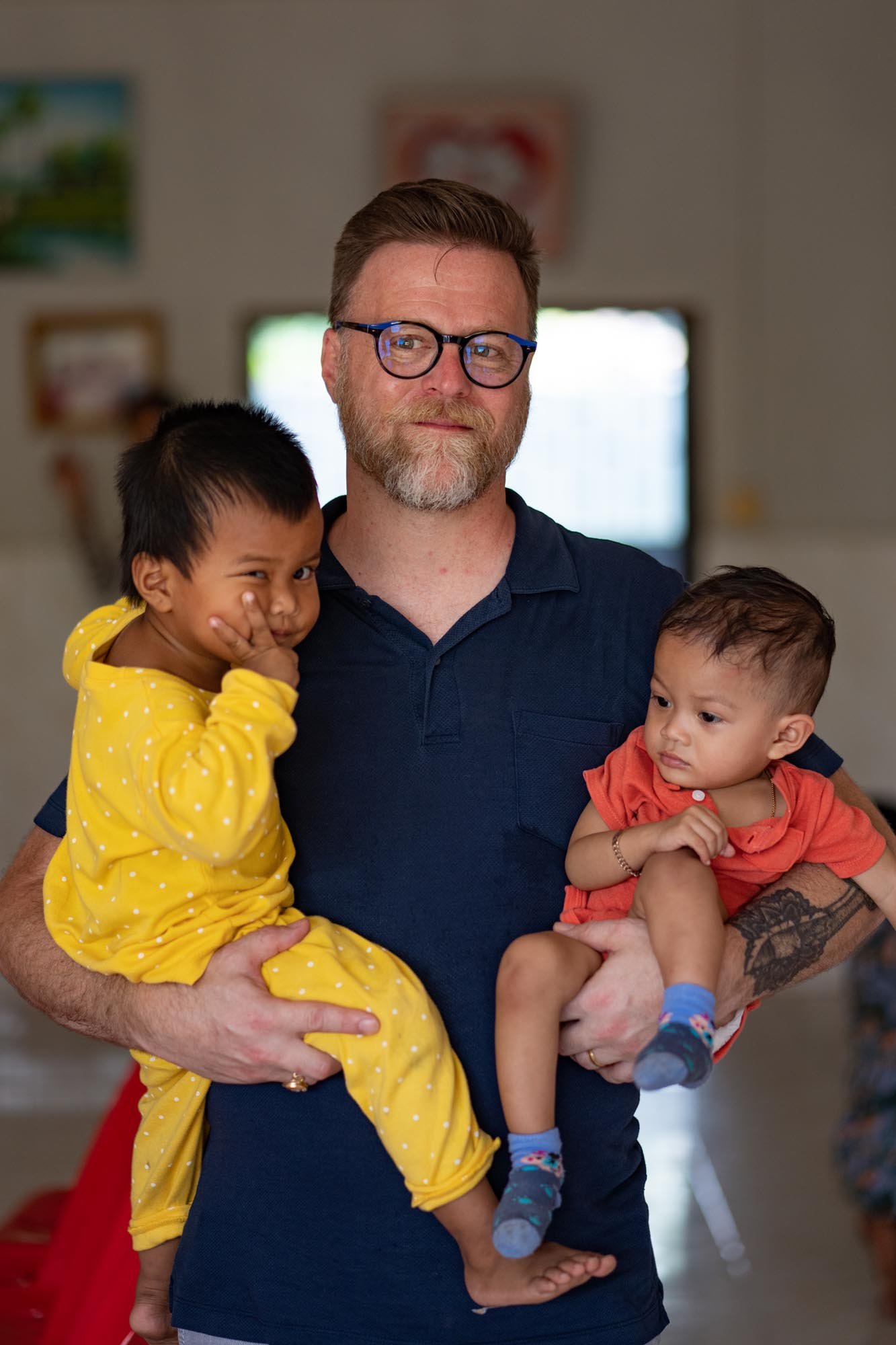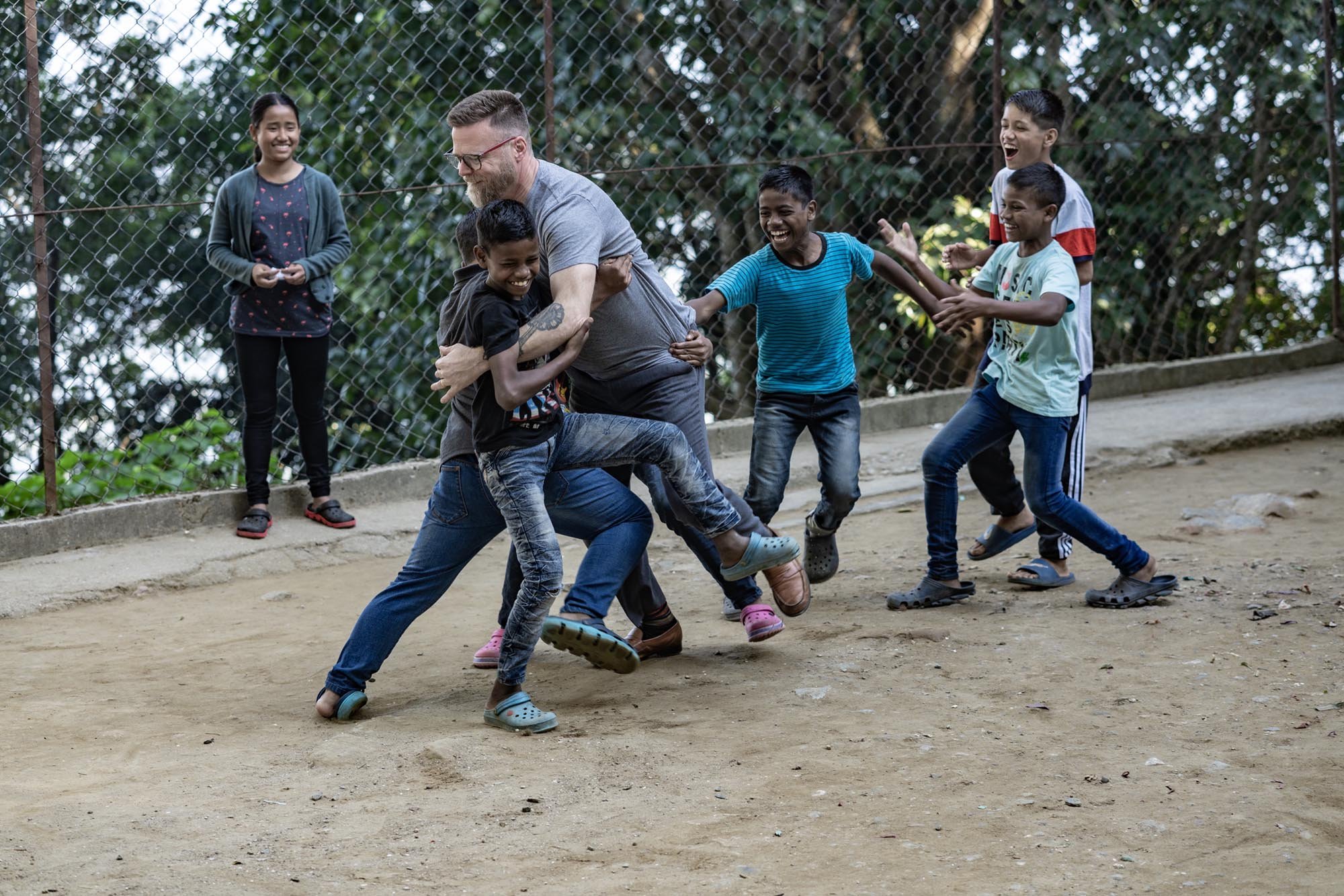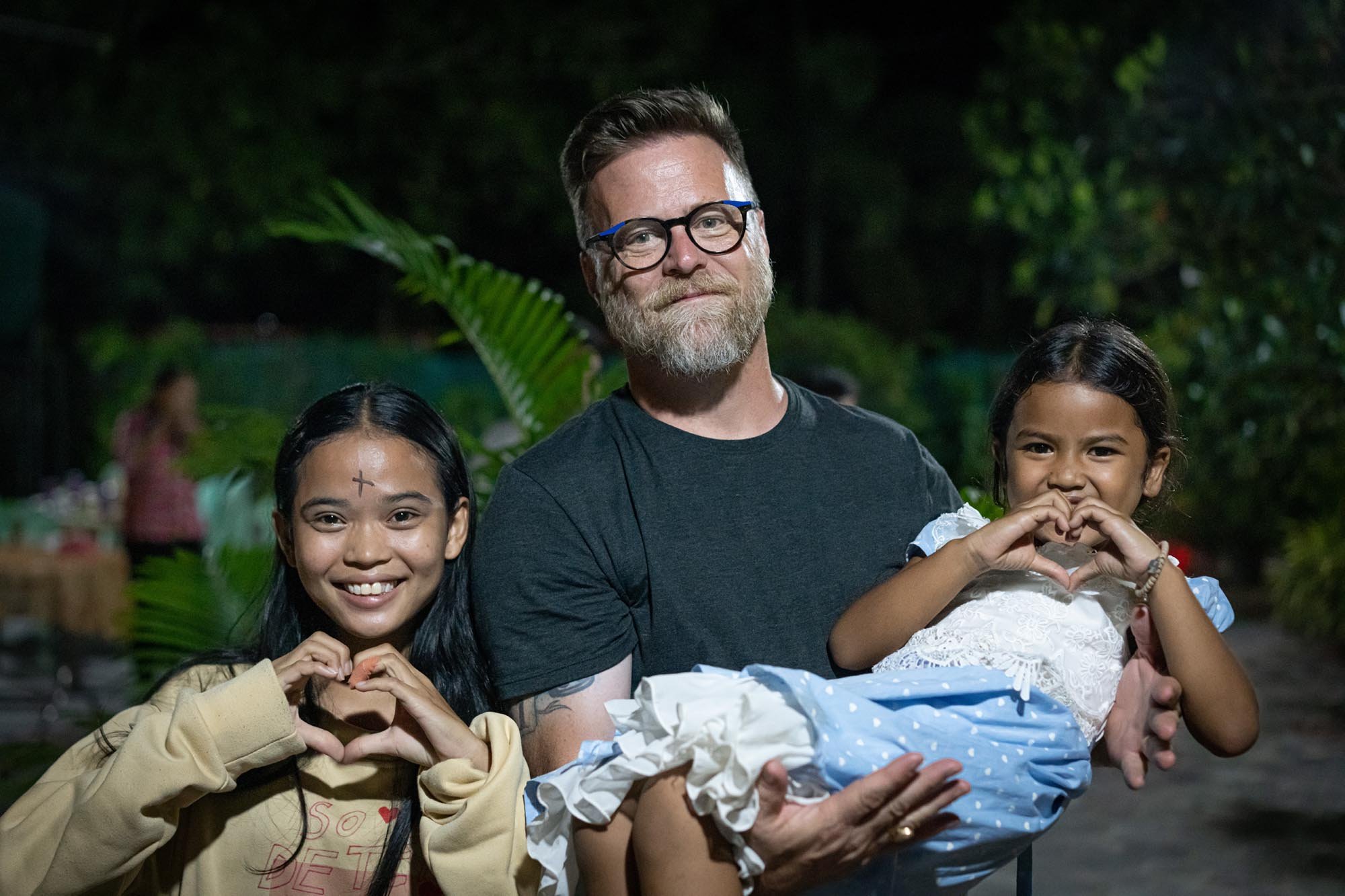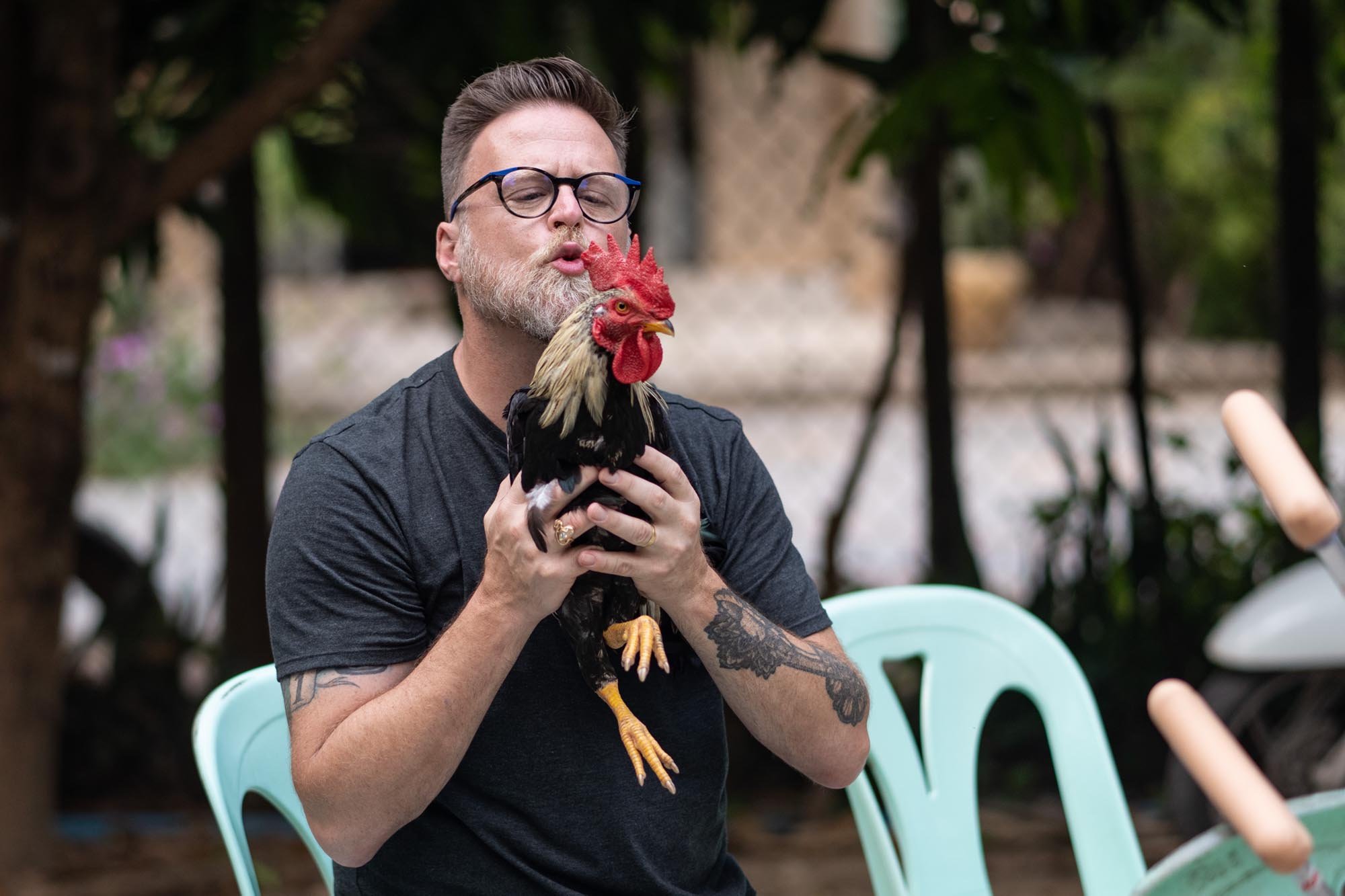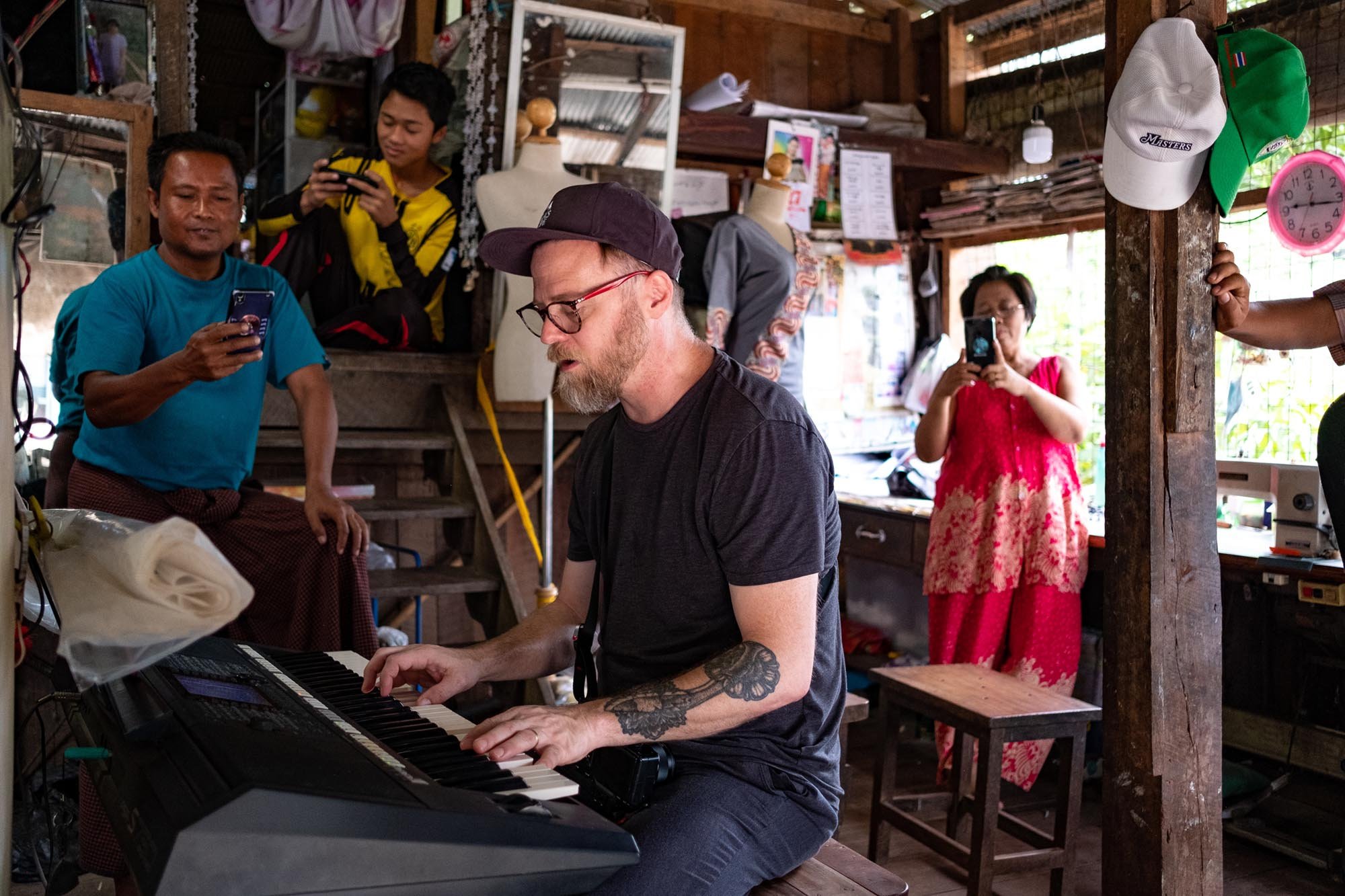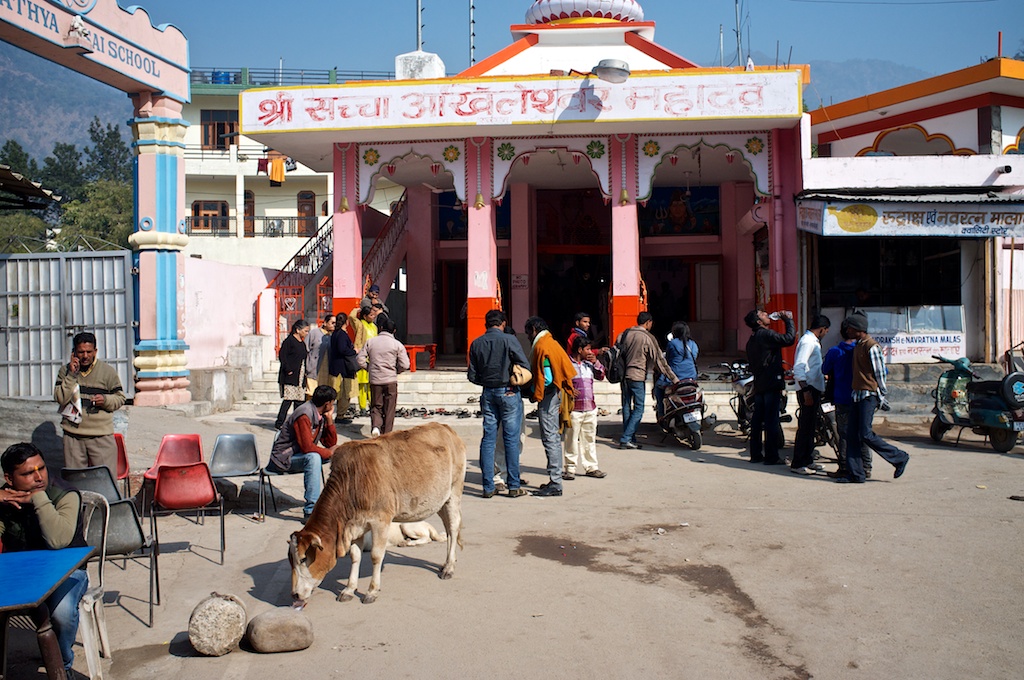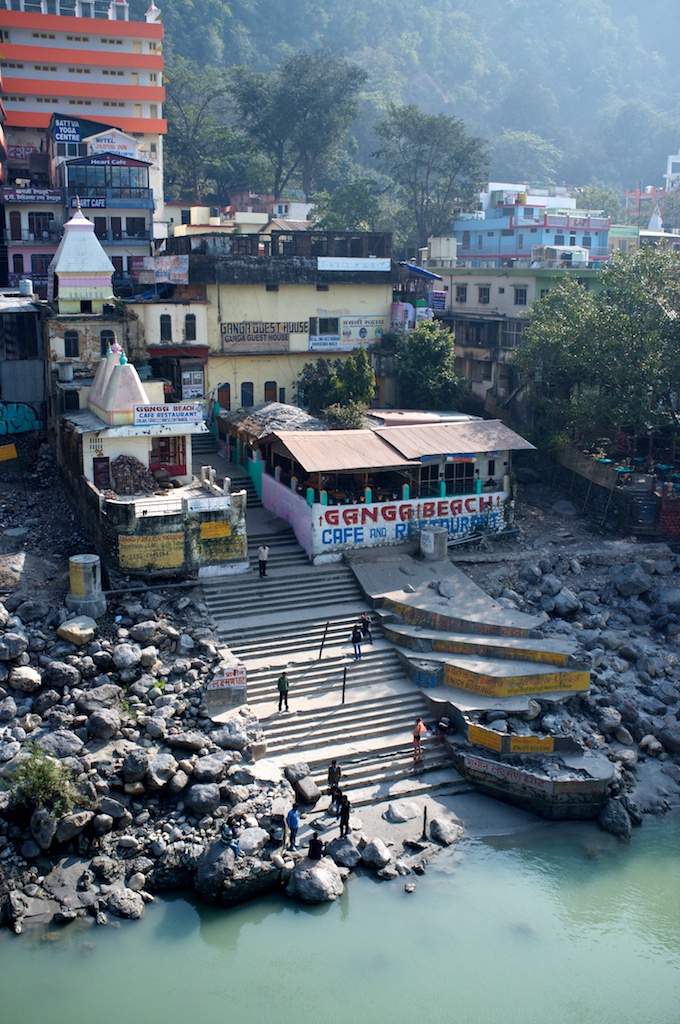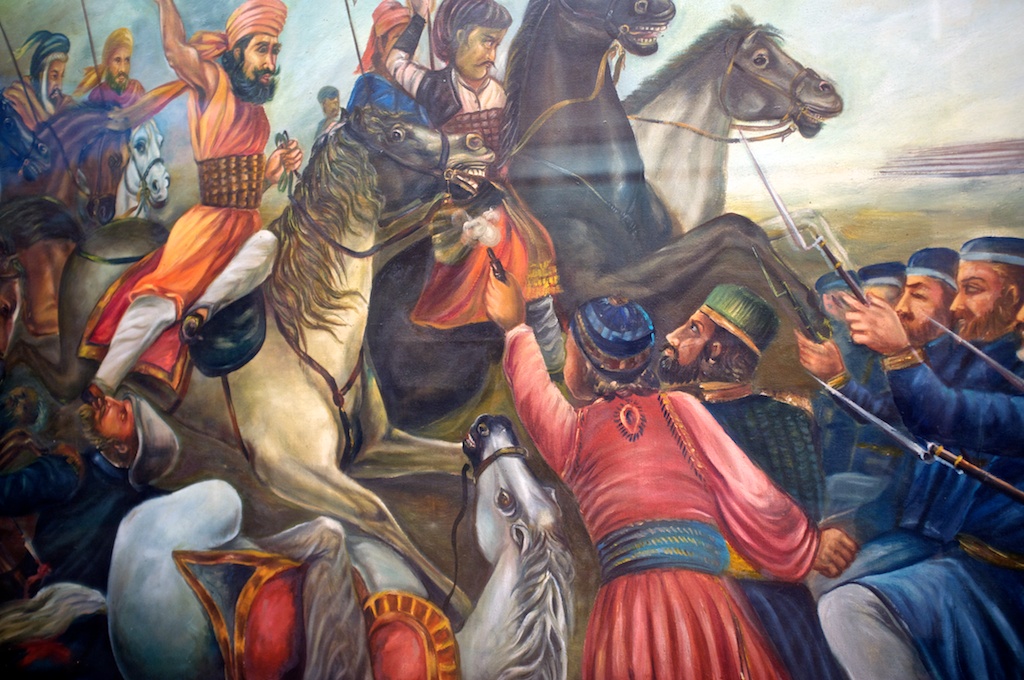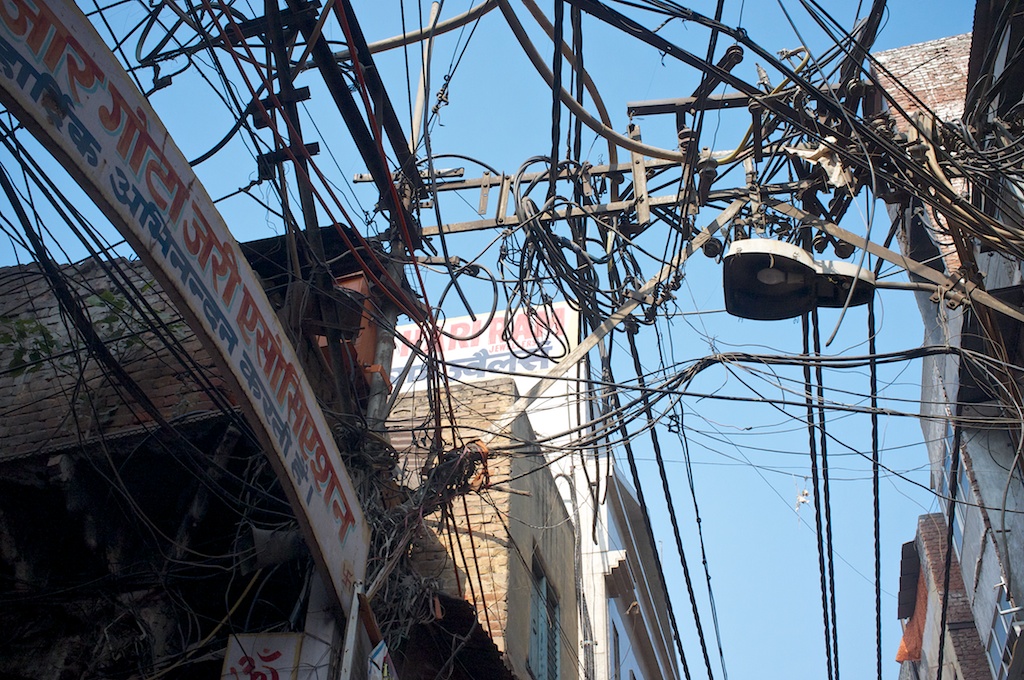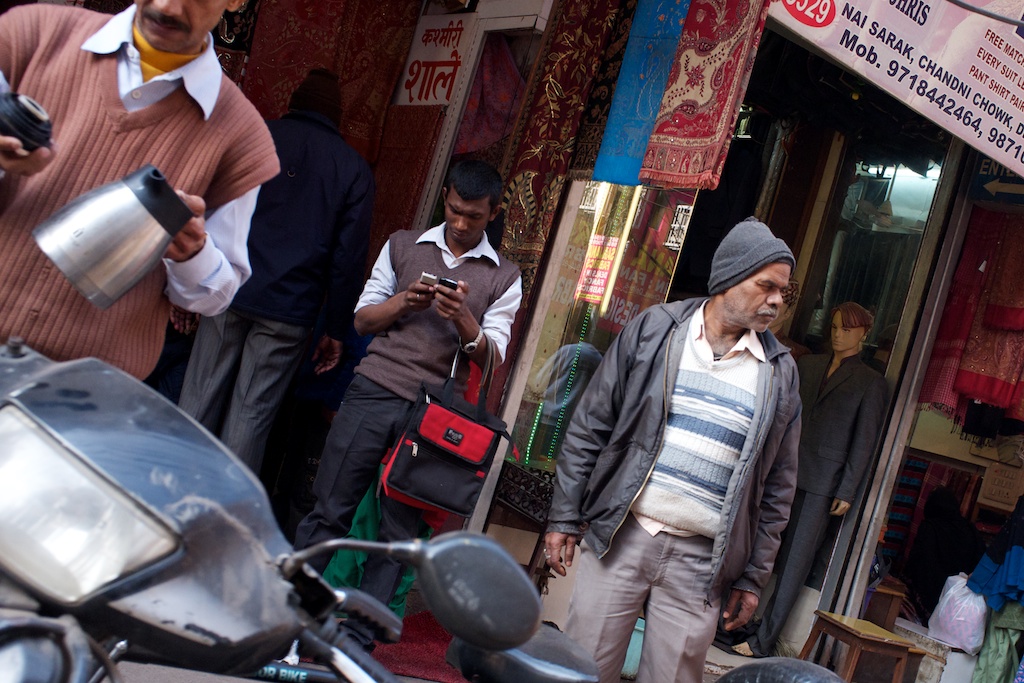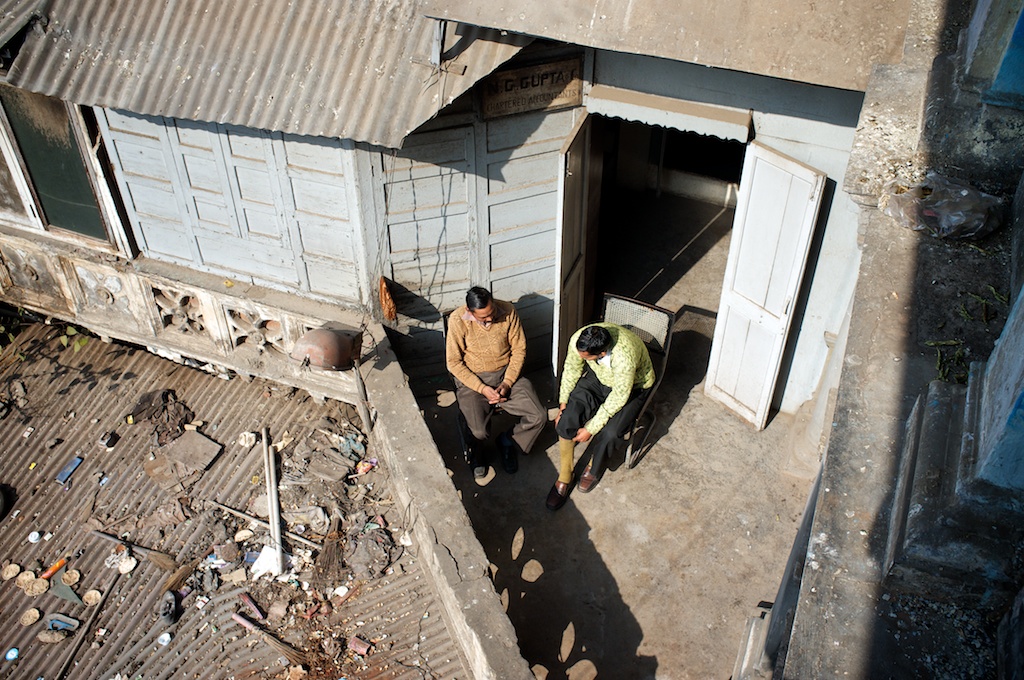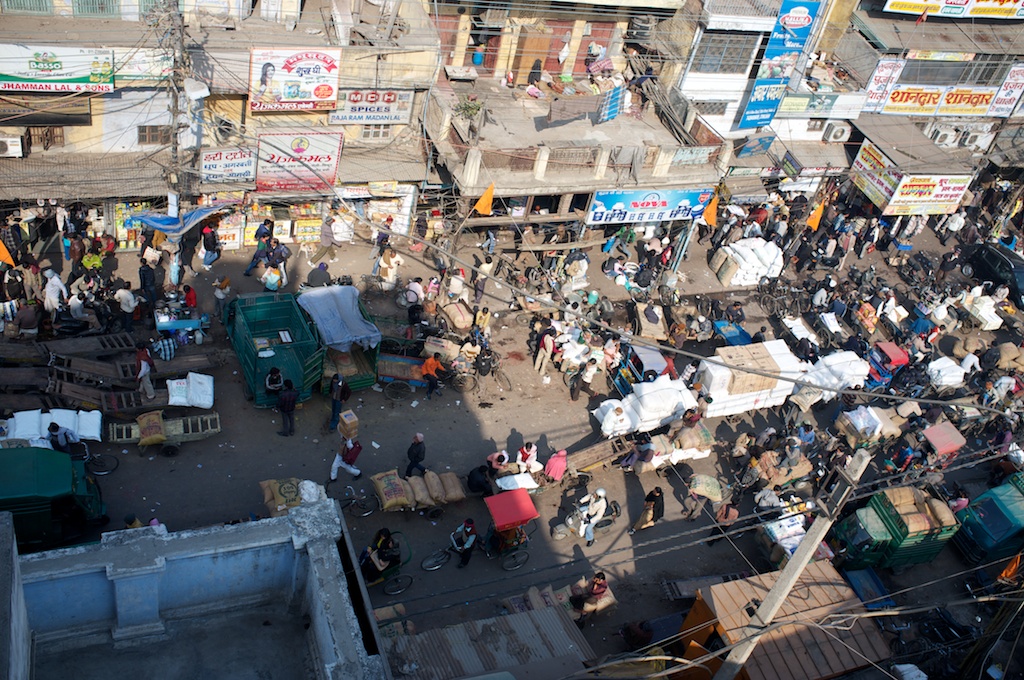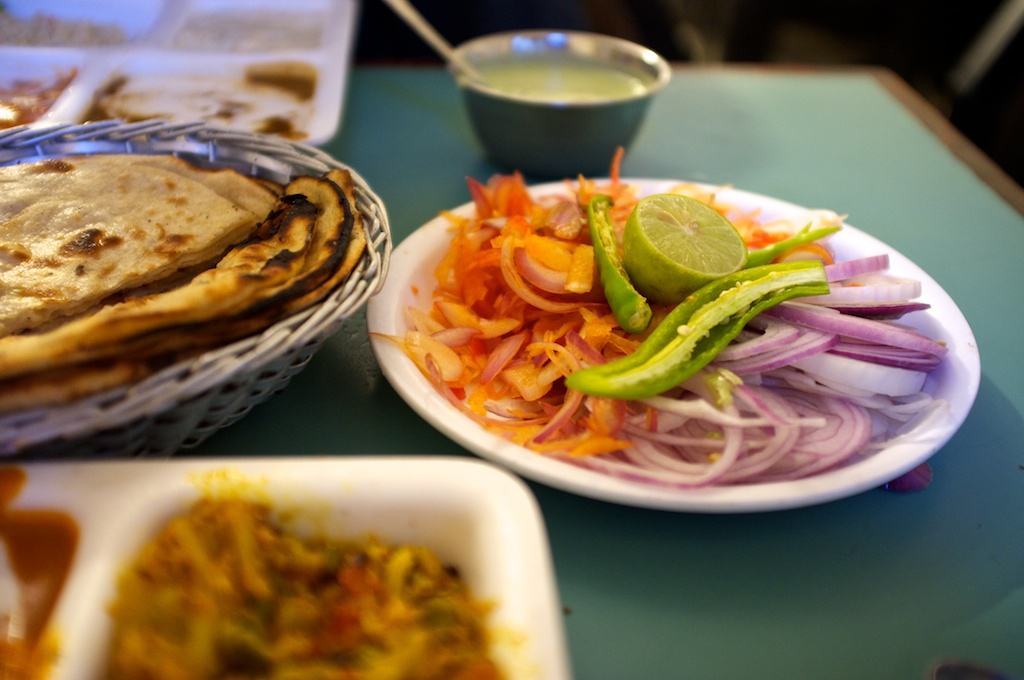“Some days I look down, afraid I
will fall” – Patty Griffin
It’s about 5:30 a.m. I slept quite poorly last night. Maybe it’s because, for the second night in a row I’ve had complicated and spirited discussions on finances, philosophy and future plans late into the evening. Maybe it’s the fact that I have a big day in front of me visiting possible sites for land purchases in and around Kalimpong and beginning discussions of price negotiations and fundraising strategy.
It’s also possible that I’m a little stressed about the revelation that, tomorrow, I will be speaking for a couple of hours at an Indian seminary and I really have nothing prepared and feel ill-qualified to teach anything to a bunch of guys who rely completely on God for their daily bread and risk their lives sharing the gospel under the threat of torture or death in places like Bhutan.
Just as likely, I’m still a bit delirious from yesterday’s time with the kids. My back is killing me from careening down a mountainside yesterday stuffed in a jeep with 20 singing and laughing kids, and my face hurts from smiling so much.
After a delicious breakfast of an omelet, masala chai, potato curry and fried parathas, we walked from the hotel to Nandu’s house, which is also the temporary home for Kalimpong 2, and we were greeted by all 50 kids of KP1 and KP2, our staff and (also probably adding to my sleeplessness) a number of kids who are “provisionally in our care as prospective children for [the yet-to-be-funded, yet-to-exist] Kalimpong 3.”
After an hour of songs, another hour or two of games and a quick lunch prepared by the staff, we folded ourselves into the aforementioned jeeps and endured about 30 minutes of bumper-to-bumper traffic in Kalimpong followed by another half hour or so of the steepest, most treacherous switchbacks imaginable on a narrow, crumbling mountainside road with no guardrails separated from a fatal, thousand-foot plunge by a six-inch wide strip of gravel and weeds. Nandu assured us that “these are the good roads” and that cars only “sometimes” fall off the mountain.
I wish I could have taken pictures or video that would do this journey justice, but the car was jostling and swerving the entire time, and even at 1/1000 exposure, my camera would not focus and I couldn’t capture anything better than a blur.
At the top of the mountain, however, was an oasis of tranquilty, a park that on a clear day offers views all the way out to China. We spent the entire afternoon playing cricket, soccer, volleyball, tag, Simon Says and whatever else the kids could think of. At one point, I think I was playing three sports simultaneously – none of them well.
With all of the kids together, it was easy to see which ones had been with us for only a few days. The Kalimpong 2 kids, along with the “prospective” children didn’t understand any of the games, but they did their best. Some ran around from game to game laughing and shouting, others found a staff member or one of our team and attached themselves to their side, shyly watching the proceedings from a safe distance. All, however, experienced the blessing of God through love of a family.
I was moved more than once to the brink of tears as I thought about the journeys that brought these children into our care, journeys far more perilous than our little jeep ride up the mountain. Nearly all of these kids have seen one or both parents die. All have been abandoned. All have faced hunger and fear. Many were abused. Some even tortured. But yesterday, they played Simon Says and enjoyed tea and cookies at a park in the foothills of the Himalayas. And last night, they had dinner, sang bedtime songs, said prayers and were tucked into warm beds by parents who love them, and who will be there for them with a hot breakfast and a hug in the morning.
This, my friends, is the Kingdom of God. This is what it is all about. This is what “Thy will be done on earth as it is in heaven” means. This is true religion.
I wish with all of my heart that each of you could experience this. I believe that I could just transport every pastor I know, every business owner I’ve ever met, every one of my friends here for just one day we would never lack funds for another project, and we’d be singing up partnering churches and opening children’s homes so quickly we would lose count of the hundreds – perhaps thousands – of children being admitted into new, loving families every year in India, in Cambodia, in Thailand and beyond.
For those of you who already support the kids and staff of Asia’s Hope with your prayers, finances and influence, I owe you a debt of gratitude that I can never repay. For those of you who aren’t yet involved, I’m glad you’re reading along, and I pray that my pictures and stories have encouraged you, and that God is moving your heart toward a life of dedication to the poor and orphaned, whether it’s with Asia’s Hope or with one of the myriad other great organizations working all around the world.
May God bless you as he has blessed me, my family, my staff and kids.

